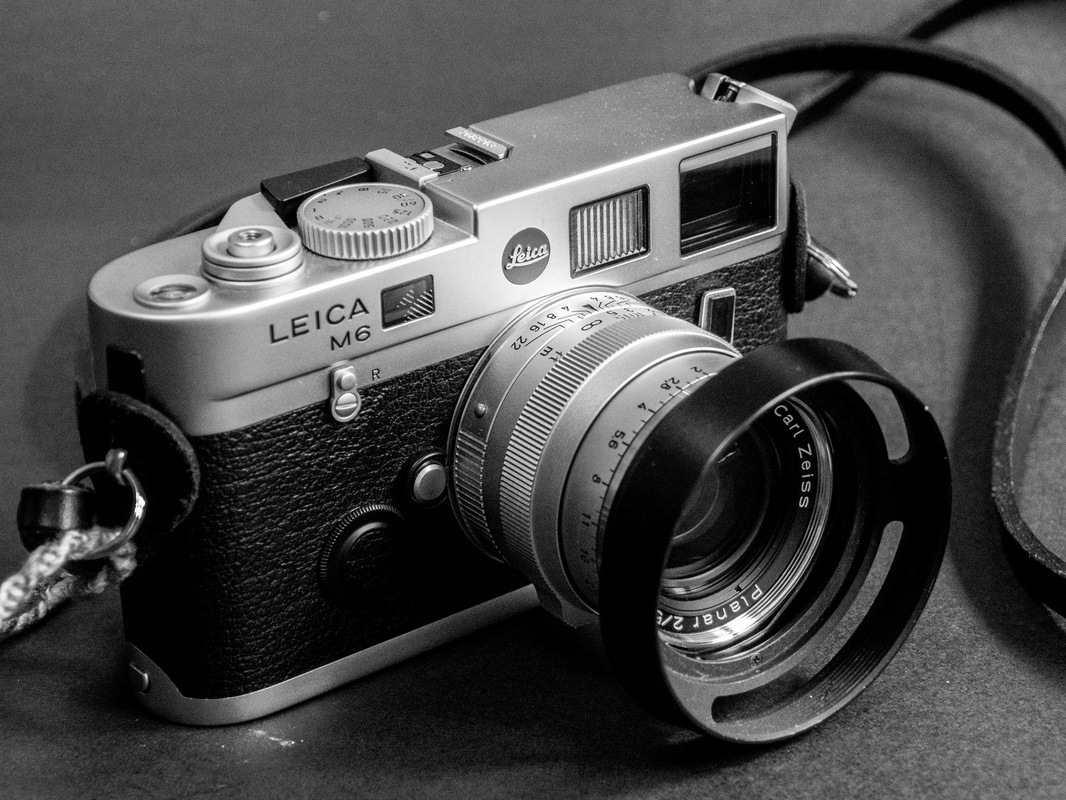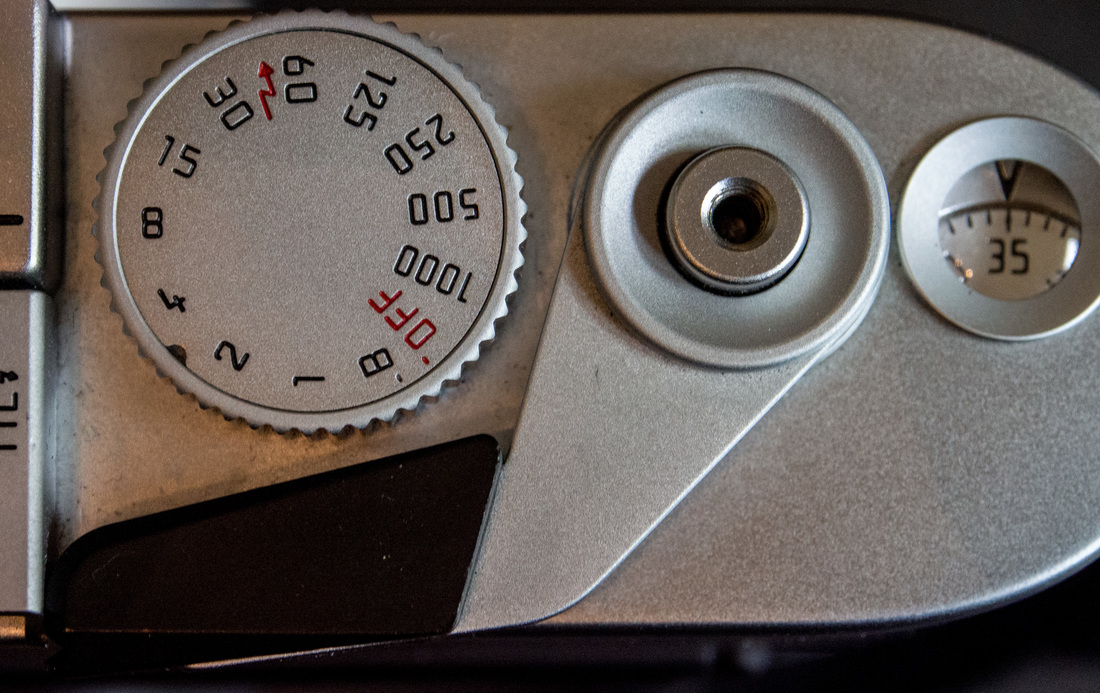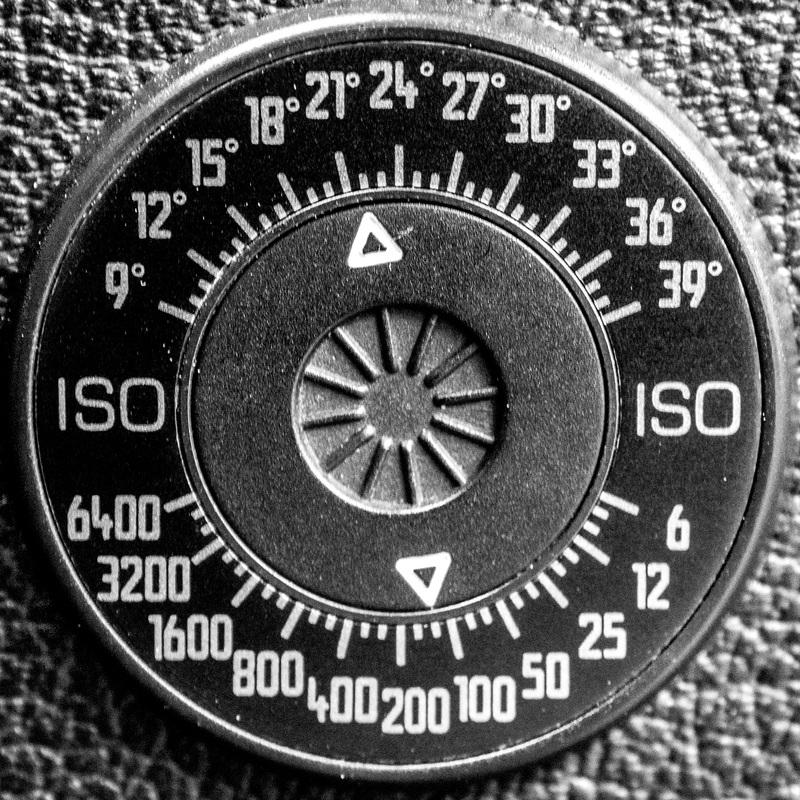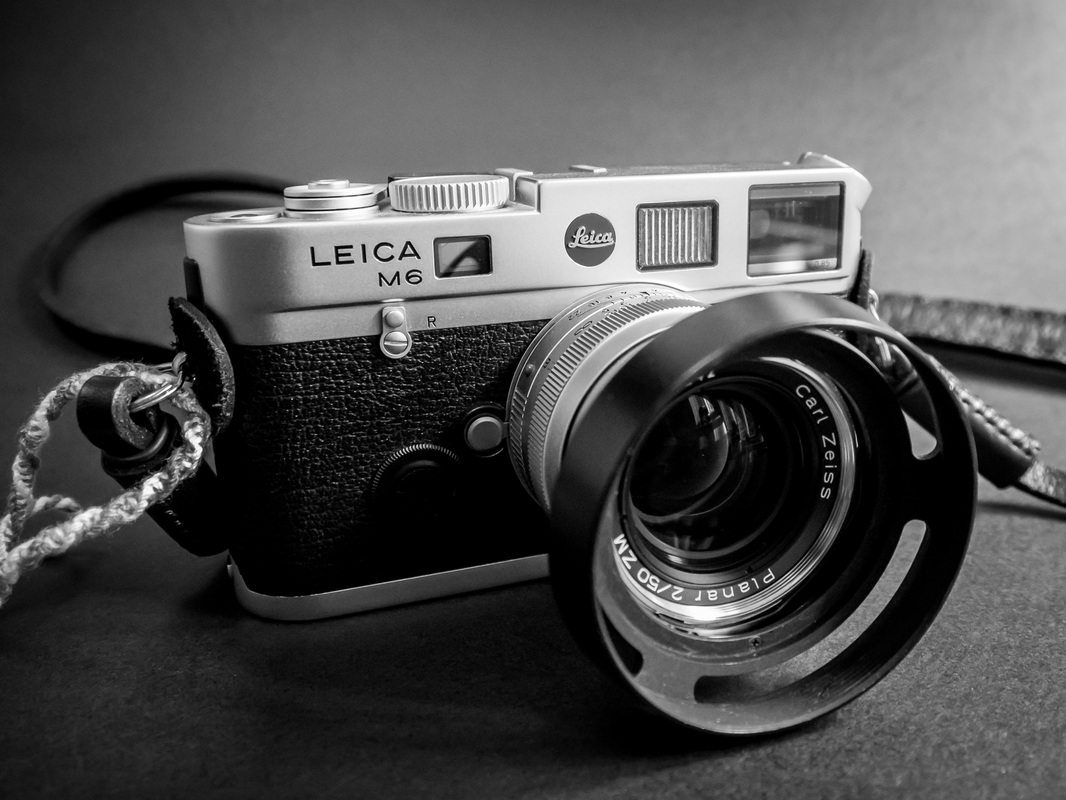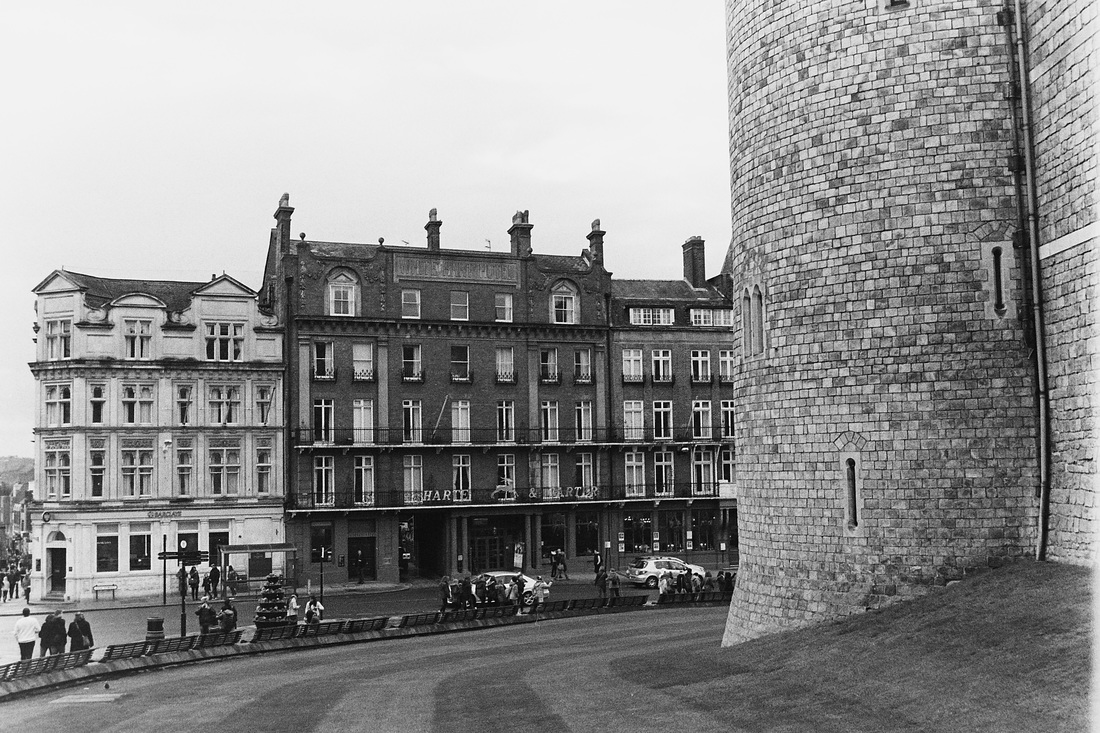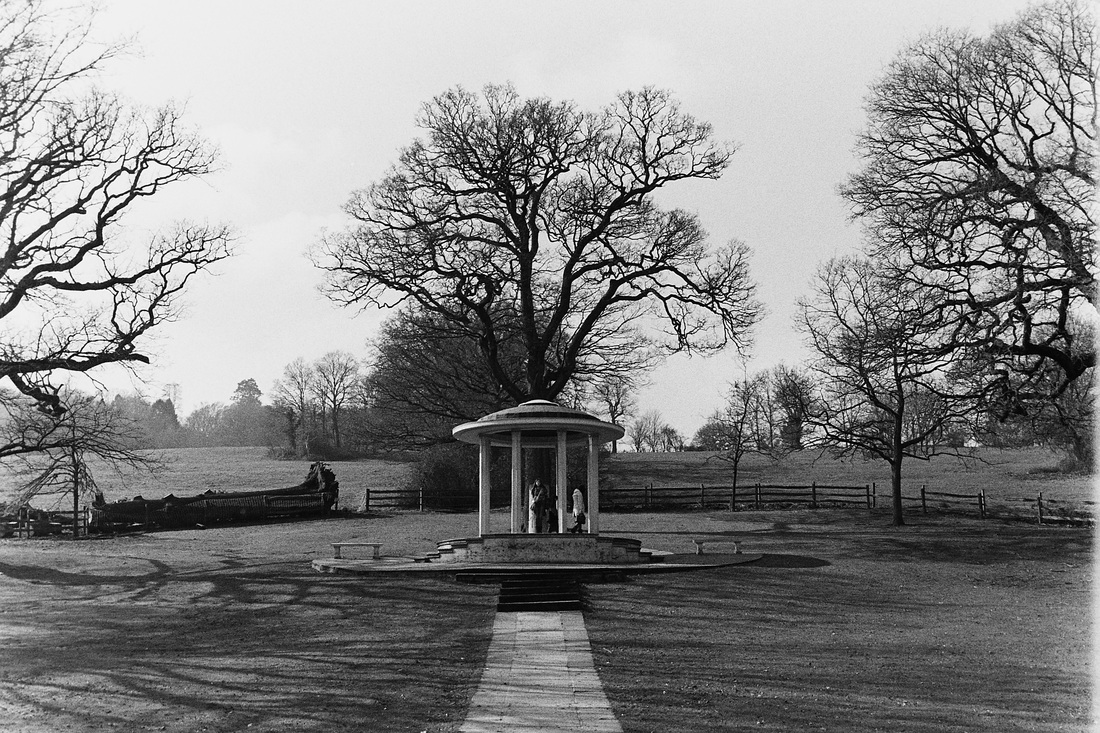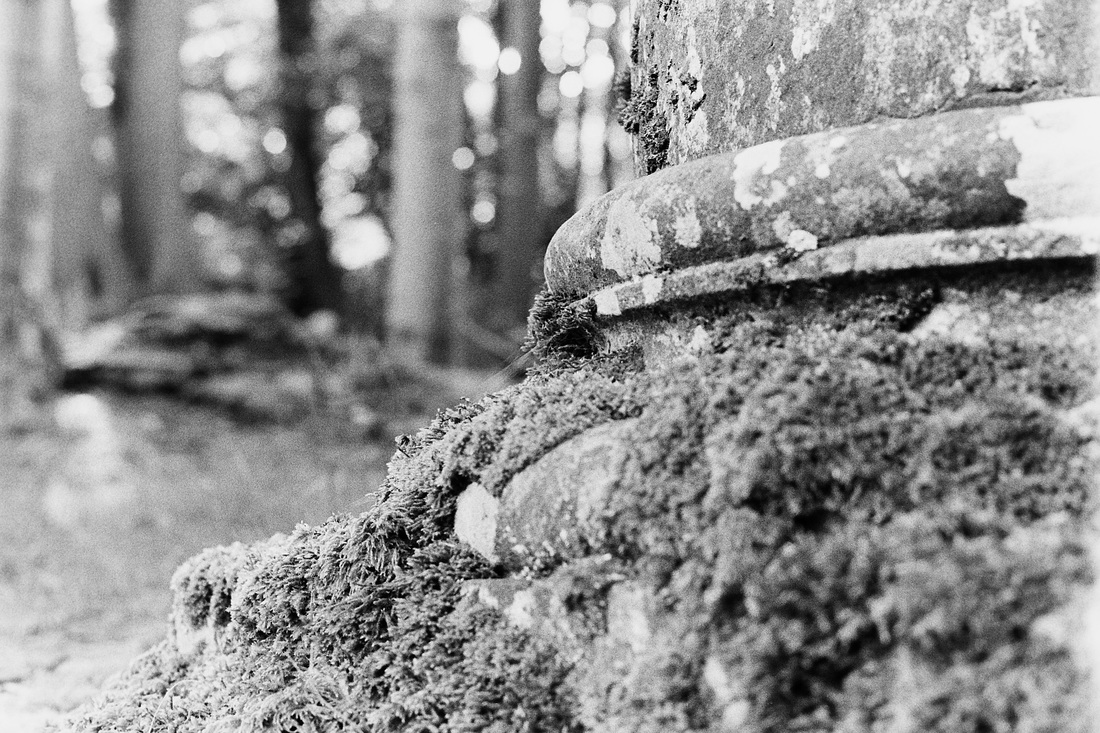The Leica...few camera manufacturers can inspire such opposite reactions in photographers than Leica, and I can see both points of view. It is a company which built a brand name and has always commanded high prices. Not just high, astronomically high. There are those who say it is not worth it and all you pay for is to enter an elite world whose only qualification is having money. There are those who point to the consistent quality, ascetic feel and to the countless of brilliant photographers who have used it in the past.
To lay those debates aside let me state my own opinion after owning the Leica M6 and M9 (ME) cameras...the Leica is a luxury and only worth the money if you can afford to pay the money. I only own a single old Leica lens because I simply cannot afford to buy another one of their lenses. The quality of their lenses are fantastic and I would love to own some but cannot.
Now lets forget all that debate (at least until the end of this short write up) and lets take a look at the Leica M6. I will not spend much time on technical details because there are others more qualified to do so (see the links below) but will stick to the usability of the camera. I also will not explain that this is a rangefinder camera and what this means in terms of viewing and focusing as this seems obvious. If it is not obvious to you please have a look at the links below for more information.
This is a fully manual film camera. You have three choices to make, shutter speed (selected on the top dial), aperture (selected on the lens) and film ISO selected on the back of the camera. Focus is obviously manual. There is no other choice to make and represents simplicity similar to what you find on most early film cameras (think Nikon F or F2). This simplicity, not unique to Leica, is what most digital "retro" cameras fail to replicate.
The camera is medium in size and has a wonderful weight to it. Not too light and definitely not too heavy. The balance is a bit forward but as you bring the camera to your eye it balances out. It feels as sturdy as it is with nothing "plastic" about its feel.
To lay those debates aside let me state my own opinion after owning the Leica M6 and M9 (ME) cameras...the Leica is a luxury and only worth the money if you can afford to pay the money. I only own a single old Leica lens because I simply cannot afford to buy another one of their lenses. The quality of their lenses are fantastic and I would love to own some but cannot.
Now lets forget all that debate (at least until the end of this short write up) and lets take a look at the Leica M6. I will not spend much time on technical details because there are others more qualified to do so (see the links below) but will stick to the usability of the camera. I also will not explain that this is a rangefinder camera and what this means in terms of viewing and focusing as this seems obvious. If it is not obvious to you please have a look at the links below for more information.
This is a fully manual film camera. You have three choices to make, shutter speed (selected on the top dial), aperture (selected on the lens) and film ISO selected on the back of the camera. Focus is obviously manual. There is no other choice to make and represents simplicity similar to what you find on most early film cameras (think Nikon F or F2). This simplicity, not unique to Leica, is what most digital "retro" cameras fail to replicate.
The camera is medium in size and has a wonderful weight to it. Not too light and definitely not too heavy. The balance is a bit forward but as you bring the camera to your eye it balances out. It feels as sturdy as it is with nothing "plastic" about its feel.
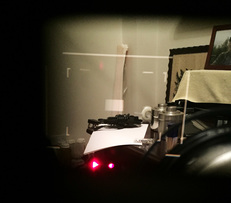
The viewfinder is large and bright with frame lines clearly visible. There is a dial on front of the camera to test out the different frame lines. This allows you to see what a 50mm lens would frame up like while looking having a 35mm lens installed. This is a rarely used tool which I rarely have found a use for.
The light meter can be seen through the viewfinder with a simple dot (< o >) indicating properly metered scene, an arrow pointing in the direction to turn the aperture or shutter speed dial in order to obtain the right exposure. Nice and bright and it shuts off after a few seconds to conserve battery. Just half press the shutter and it will take another reading.
The Good:
This camera is built wonderfully well. I love my Nikon F2 but the feel of the Leica M6 is twice as sweet. Everything is smooth and very pleasing to the eye as well as the touch. The simple "classic film" choices are what I love about film cameras the most. Not even aperture priority. It is easy to focus and the meter reading could not be any simpler. In short the camera gets out of your way and lets you shoot.
The Bad:
There is a single change I would love to see and that is the ability to see what aperture or shutter speed you are on through the viewfinder. With the eye to the viewfinder it is easy to change aperture and shutter speed but you do not know how slow you have gotten to get the right exposure. This can lead you to shoot at shutter speeds too slow to handhold.
Overall:
The Leica M6 is a pure mechanical camera that will need tender loving care. I bought mine a couple of years ago and spent about USD 2,000 for it. It was made in 2000 and is in great shape. The only issue I had with it was a loose battery connector which caused the light meter to work intermittently. I popped out the battery and pulled the spring out a little and have never had another issue with it. I know that I will need to send it in for a CLA soon. Just like any precision instrument it needs the care of a professional every decade or so.
For USD 200 (one tenth the price) you can get a Nikon F2 and shoot just as perfect pictures. The other USD 1800 you are paying is purely for the experience of shooting a Leica. This is the same argument that can be applied a luxury car versus a Ford. The Ford will get you from point A to point B just as a luxury car will. Are the differences worth the price? I believe it is.
If you are on a budget, looking to get into film photography Leica is NOT the camera you should get. A Nikon F2 or Pentax are great options. If you have the budget, and would like to feel of shooting a Leica the M6 is a fantastic camera. Get it and some Zeiss lenses or splurge on some wonderful Leica glass and you have a kit that will last you a lifetime.
The light meter can be seen through the viewfinder with a simple dot (< o >) indicating properly metered scene, an arrow pointing in the direction to turn the aperture or shutter speed dial in order to obtain the right exposure. Nice and bright and it shuts off after a few seconds to conserve battery. Just half press the shutter and it will take another reading.
The Good:
This camera is built wonderfully well. I love my Nikon F2 but the feel of the Leica M6 is twice as sweet. Everything is smooth and very pleasing to the eye as well as the touch. The simple "classic film" choices are what I love about film cameras the most. Not even aperture priority. It is easy to focus and the meter reading could not be any simpler. In short the camera gets out of your way and lets you shoot.
The Bad:
There is a single change I would love to see and that is the ability to see what aperture or shutter speed you are on through the viewfinder. With the eye to the viewfinder it is easy to change aperture and shutter speed but you do not know how slow you have gotten to get the right exposure. This can lead you to shoot at shutter speeds too slow to handhold.
Overall:
The Leica M6 is a pure mechanical camera that will need tender loving care. I bought mine a couple of years ago and spent about USD 2,000 for it. It was made in 2000 and is in great shape. The only issue I had with it was a loose battery connector which caused the light meter to work intermittently. I popped out the battery and pulled the spring out a little and have never had another issue with it. I know that I will need to send it in for a CLA soon. Just like any precision instrument it needs the care of a professional every decade or so.
For USD 200 (one tenth the price) you can get a Nikon F2 and shoot just as perfect pictures. The other USD 1800 you are paying is purely for the experience of shooting a Leica. This is the same argument that can be applied a luxury car versus a Ford. The Ford will get you from point A to point B just as a luxury car will. Are the differences worth the price? I believe it is.
If you are on a budget, looking to get into film photography Leica is NOT the camera you should get. A Nikon F2 or Pentax are great options. If you have the budget, and would like to feel of shooting a Leica the M6 is a fantastic camera. Get it and some Zeiss lenses or splurge on some wonderful Leica glass and you have a kit that will last you a lifetime.
|
Good Links:
Camera Manual HERE. Go ahead a donate a bit of money! Technical Review HERE. Controversial but I trust him. Good Video HERE. Matt Day does great YouTube videos. Shooting Viedo HERE. Additional Notes: The sample images below are not a great lot. The truth is that I am spending more time in the darkroom so I am not scanning in my pictures onto the computer. I am making traditional contact sheets and hence cannot share some of my favorite images. Film cameras have no impact on image quality. This is dictated by the film and the lens. I shoot using the Zeiss 35mm f/2 see HERE. Zeiss 50mm f/2 see HERE. both of which shoot excellent images. I have borrowed Leica lenses from friends however I have become accustomed to the look and feel of Zeiss lenses and hence have not purchased Leica lenses. |
